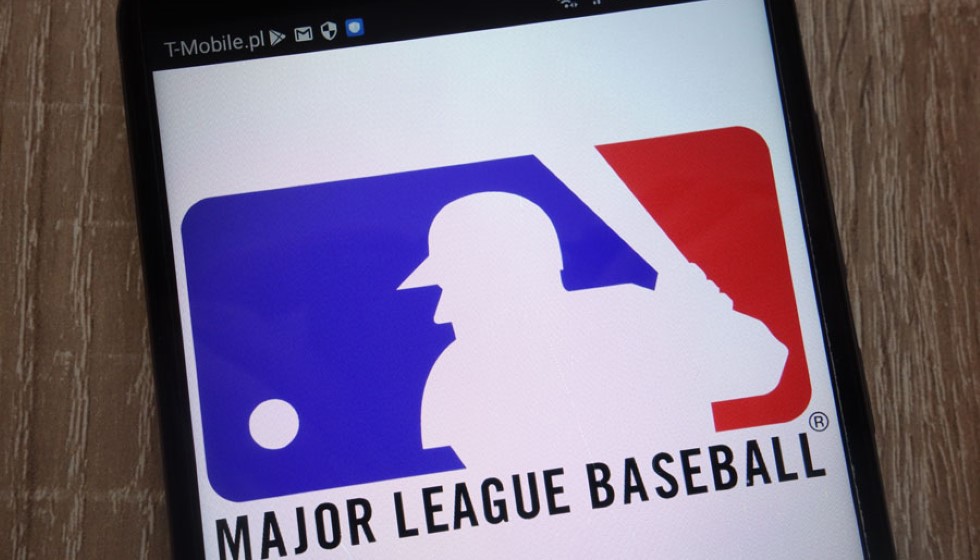
As the Milwaukee Brewers forge through their 2024 season, they find themselves navigating a landscape significantly altered since their 2023 campaign. With a record of 92 wins and a National League Central division title in their rearview, the Brewers are now facing several unexpected challenges and changes.
One of the most notable changes is the departure of long-time manager Craig Counsell, who has taken the helm of the division rival Chicago Cubs. Counsell's exit marks the end of an era for the Brewers, where his leadership was instrumental in turning the team into perennial contenders.
Perhaps more impactful, however, were the off-season moves that saw ace Corbin Burnes traded to the Baltimore Orioles and fellow pitcher Adrian Houser moved to the New York Mets. These trades have left gaping holes in Milwaukee's starting rotation. Compounding these issues are injuries to key pitchers: Brandon Woodruff, grappling with persistent shoulder issues that are likely to sidelines him for the entire season, and Wade Miley, who is recovering from Tommy John surgery. Additionally, Robert Gasser required elbow surgery, further depleting the Brewers' pitching assets.
Struggles on the Mound
The depleted rotation has had a predictable impact on the team’s performance on the mound. The Brewers' starting rotation ranks near the bottom of several key statistical categories, including innings pitched, strikeouts, and quality-start percentage. This poor showing highlights the urgent need for reinforcements if the Brewers hope to sustain their competitive edge.
However, bright spots do exist within the pitching staff. The bullpen has been a formidable unit, ranked fourth in MLB in relief ERA. This strength has been a crucial counterbalance to the shortcomings of the starting rotation, often providing stability in tight games and shaving runs off the board to support the Brewers’ offense.
Offensive Output
Fortunately, the Brewers' bats have been more than adequate. The offense is ranked seventh in MLB for runs scored, providing consistent support to a beleaguered pitching staff. This offensive production has been vital in keeping the Brewers at the top of their division, even as they grapple with their pitching woes.
Financial Constraints
Despite these on-field challenges, the Brewers are operating within significant financial constraints. According to estimates by Cot's Baseball Prospectus, Milwaukee's payroll is among the bottom ten in MLB. This financial reality limits the team’s ability to address their pressing needs through high-priced additions.
Reluctance to Make Big Moves
According to sources familiar with the organization's thinking, "The Milwaukee Brewers, leading their division with the National League's third-best record despite needing pitching help, don't seem inclined to fix that hole through big spending or by trading top prospects at the deadline." This cautious approach could be a double-edged sword. While it preserves the team’s financial health and farm system depth, it also places immense pressure on the current roster to perform under less-than-ideal circumstances.
The Brewers' situation is a complex interplay of competitive ambition and financial pragmatism. Their ability to navigate this season's trials will depend not only on the resiliency of their current players but also on the front office's strategic maneuvers to address critical weaknesses without mortgaging the future. As the season unfolds, the Brewers' journey will be one to watch closely, a testament to the delicate balancing act that characterizes modern baseball management.